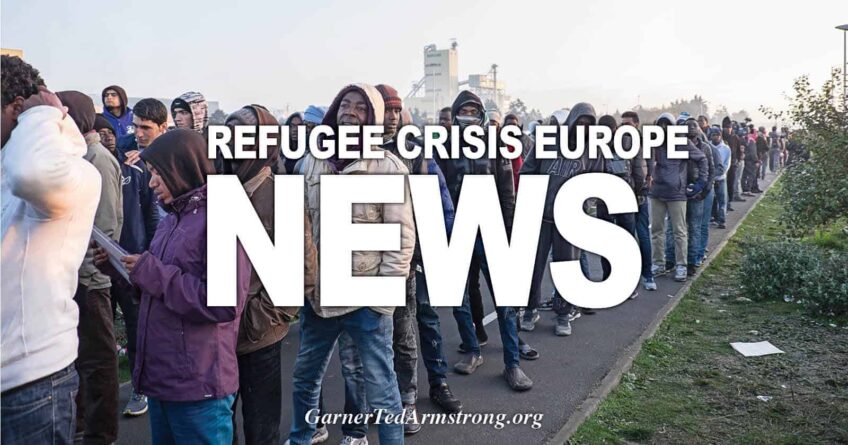Since then, the anti-immigration party Alternative for Germany (AfD) has surged in the polls. Several high-profile crimes involving migrants have shifted public opinion, particularly the 2015-16 New Year’s Eve mass sexual assault in Cologne in which scores of women were attacked by gangs of “North African men,” according to police.
Last summer, violent street protests erupted in the East German town of Chemnitz after a local man was stabbed to death by two migrants.
The public backlash has pushed Germany’s centrist parties to crack down on immigration, particularly Merkel’s Christian Democrat Union and its Bavarian sister party, Christian Social Union (CSU), which was under Seehofer’s leadership.
But there is no guarantee that getting tough on immigration will win votes for Germany’s centrist parties. While Seehofer spearheaded the government’s so-called “Migration Masterplan,” the CSU lost votes to both the AfD on the right, and the Greens, touting a much more liberal immigration policy, on the left. Seehofer has since been voted out as CSU party leader.
‘Safe countries’
Last week, Germany’s lower house of parliament also voted to also place Morocco, Algeria, Tunisia and Georgia on its list of “safe countries of origin,” making it much more difficult for asylum-seekers from those countries to gain refugee status.
According to Germany’s Interior Ministry, in 2017 more than 15,000 people from these four countries applied for refugee status but only seven were granted asylum.
Roughly 300 from these countries were given some form of temporary humanitarian protection, which will no longer be the case if these countries are placed on the “safe” list.
While Seehofer said the reclassification would speed up the refugee application process, Luise Amtsberg, the asylum affairs spokeswoman for the Greens, disagreed: “I personally find the worst thing about this debate is that it tries to trick people in Germany into thinking that the reclassification of these four countries can potentially solve the problems we indeed have with our asylum policies.”
‘Complete waste of resources’
The drive to deport more migrants has now gone beyond new applicants to those cases that have lingered in a legal “gray area” for years in Germany, says one immigration lawyer.
“We see now a kind of urgency to increase the deportation numbers, for example people who have been living in Germany for 30 years, are married to a German or have a German child. People who will almost certainly be able to get a visa again. So it’s a complete waste of resources,” says Philipp Pruy, an immigration lawyer with BC Legal.
“The question is whether they can keep up with these deportations in the long run because it requires a financial and personnel effort. Passport replacements must be issued, people taken into custody, arrest warrants filed, planes chartered. I doubt we can keep this speed up.”
CNN’s Matthew Robinson contributed to this report.









